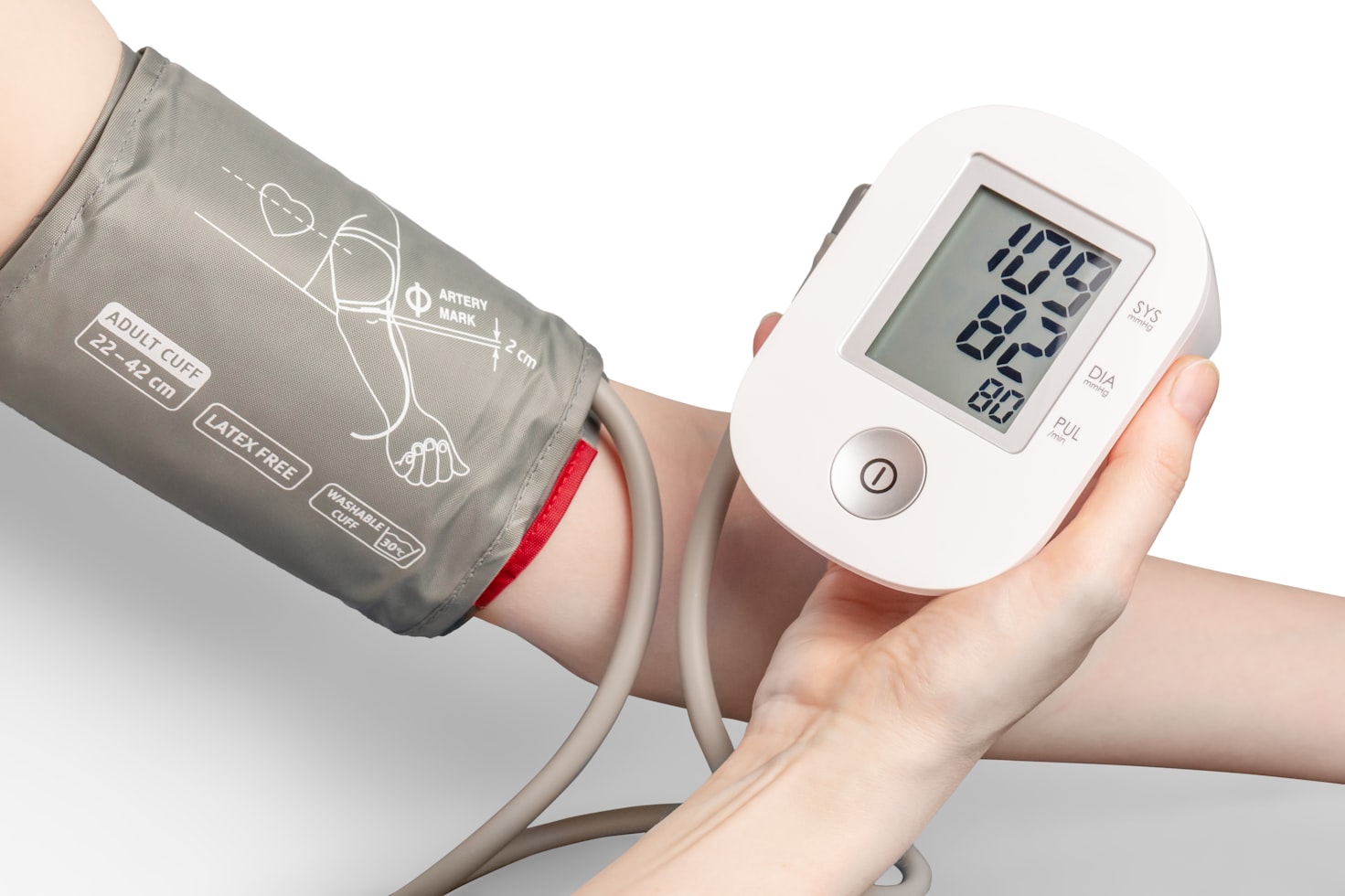High diastolic blood pressure is a serious condition that can lead to numerous health problems if left untreated. Also known as the bottom number in a blood pressure reading, diastolic readings measure the pressure in the arteries when the heart is at rest between beats. When the diastolic blood pressure consistently measures above 90 mmHg, it could indicate high blood pressure, which can increase the risk of heart attack, stroke, and heart disease. In this article, we will discuss the warning signs of high diastolic blood pressure and what you can do to prevent or manage it. By learning how to recognize these signs and implementing lifestyle changes, you can help improve your overall health and prevent serious complications.
Introduction
High diastolic blood pressure is a health condition that can lead to serious health problems if not treated early. Diastolic blood pressure refers to the pressure exerted on the walls of the arteries when the heart is resting between beats. A diastolic pressure reading of 80 millimeters of mercury (mmHg) or below is considered normal, while a reading of 90 mmHg or above is considered high. In this article, we will discuss the warning signs of high diastolic blood pressure and what you can do about it.
Signs and symptoms of high diastolic blood pressure
High diastolic blood pressure is often referred to as the “silent killer” because it may not cause any noticeable symptoms until it has reached advanced stages. However, here are some warning signs to look out for:
1. Headaches: High diastolic blood pressure can cause severe headaches that are often described as pounding or pulsating. These headaches usually occur at the back of the head and can be accompanied by dizziness or blurred vision.
2. Shortness of breath: If you find yourself getting short of breath during simple activities such as walking up a flight of stairs, it could be a sign of high diastolic blood pressure.
3. Chest pain: High diastolic blood pressure can cause chest pain or discomfort, especially during exertion. This pain may feel like a squeezing sensation or tightness in the chest.
4. Fatigue: If you feel tired and fatigued all the time, it could be a sign of high blood pressure. This is because hypertension puts additional strain on the heart, which can lead to fatigue and a lack of energy.
5. Swelling: High diastolic blood pressure can cause swelling in different parts of the body, such as the legs, feet, ankles, and hands. This is because the high pressure in the arteries can cause fluids to leak out into surrounding tissues.
6. Vision problems: High diastolic blood pressure can affect the blood flow to the eyes, leading to vision problems such as blurred vision or even blindness.
What causes high diastolic blood pressure?
There are several factors that can cause high diastolic blood pressure, including:
1. Age: As you get older, your blood vessels become less flexible, which can lead to higher blood pressure levels.
2. Genetics: High blood pressure can run in families, so if your parents or siblings have high blood pressure, you may be at a higher risk.
3. Obesity: Being overweight or obese can increase your risk of high diastolic blood pressure because it puts additional strain on your heart.
4. Lack of physical activity: A sedentary lifestyle can lead to high blood pressure levels because it reduces blood flow to the heart and other organs.
5. Tobacco use: Smoking or using tobacco products can damage the walls of the arteries, leading to high blood pressure and other cardiovascular problems.
6. Stress: Stress can cause the body to release hormones that can increase blood pressure levels.
What can you do to lower your diastolic blood pressure?
If you have been diagnosed with high diastolic blood pressure, there are several things you can do to lower your levels and prevent complications:
1. Exercise regularly: Regular physical activity can help lower your blood pressure levels and improve your overall cardiovascular health. Aim for at least 30 minutes of moderate exercise most days of the week.
2. Quit smoking: If you smoke, it is essential to quit as soon as possible to reduce your risk of high blood pressure and other health problems.
3. Maintain a healthy weight: Losing weight and maintaining a healthy weight can help lower your blood pressure levels and reduce your risk of complications.
4. Eat a healthy diet: A diet that is rich in fruits, vegetables, whole grains, lean protein, and low-fat dairy products can help lower your blood pressure levels.
5. Reduce your sodium intake: High salt intake can increase your blood pressure levels, so it is essential to limit your sodium intake to less than 2,300 milligrams per day.
6. Manage stress: Taking steps to manage stress, such as practicing relaxation techniques, exercise, or counseling, can help reduce your blood pressure levels and improve your overall health.
Conclusion
If left untreated, high diastolic blood pressure can lead to serious health problems such as heart disease, stroke, and kidney damage. Therefore, it is crucial to pay attention to the warning signs and take steps to manage your blood pressure levels. By adopting a healthy lifestyle, including regular exercise, a healthy diet, and stress management techniques, you can reduce your risk of complications and improve your overall health. If you have concerns about your blood pressure levels, talk to your healthcare provider for further evaluation and treatment.







